There’s really no mystery why Marrakesh (or Marrakech) is one of the most popular tourist destinations in Morocco. If you’re short on time and looking to experience what makes the country so special and unforgettable, it’s hard to think of another city that does a better job. Marrakesh is a thrill no matter if you’re interested in history, food, or photography.
What’s difficult with a destination like this is knowing where to start. Well, we think that 3 days in Marrakesh allows you to get a nice feel for the city and even a taste of Morocco beyond its city limits. To make sure you don’t miss any of the best places to visit in Marrakesh, use our detailed Marrakesh itinerary as a guide to make the most of this intense and exciting destination.
Best Time to Visit Marrakesh
The time of year should be a major consideration when planning your trip. That’s because the weather and tourist numbers can vary greatly depending on when you’re there. Morocco is in North Africa after all, a region famed for its extreme summer heat.
Generally speaking, the best time to visit Marrakesh is either side of summer, either from March through May or in October and November. During these shoulder periods, the weather is still warm but far more pleasant for being out and about all day. If you’re worried about the heat even a little, this is the time to visit. You should also find that accommodation rates aren’t quite as high in these periods.
So, what is summer in Marrakesh like? As you might expect, the days are pretty brutal, and you’ll need to be very prepared when you head outdoors. Make sure to bring and drink plenty of water, apply sunscreen, and find shade wherever you can. The heat during the day also means that evenings in summer are even busier than usual, especially in spots like Jemaa el-Fnaa.
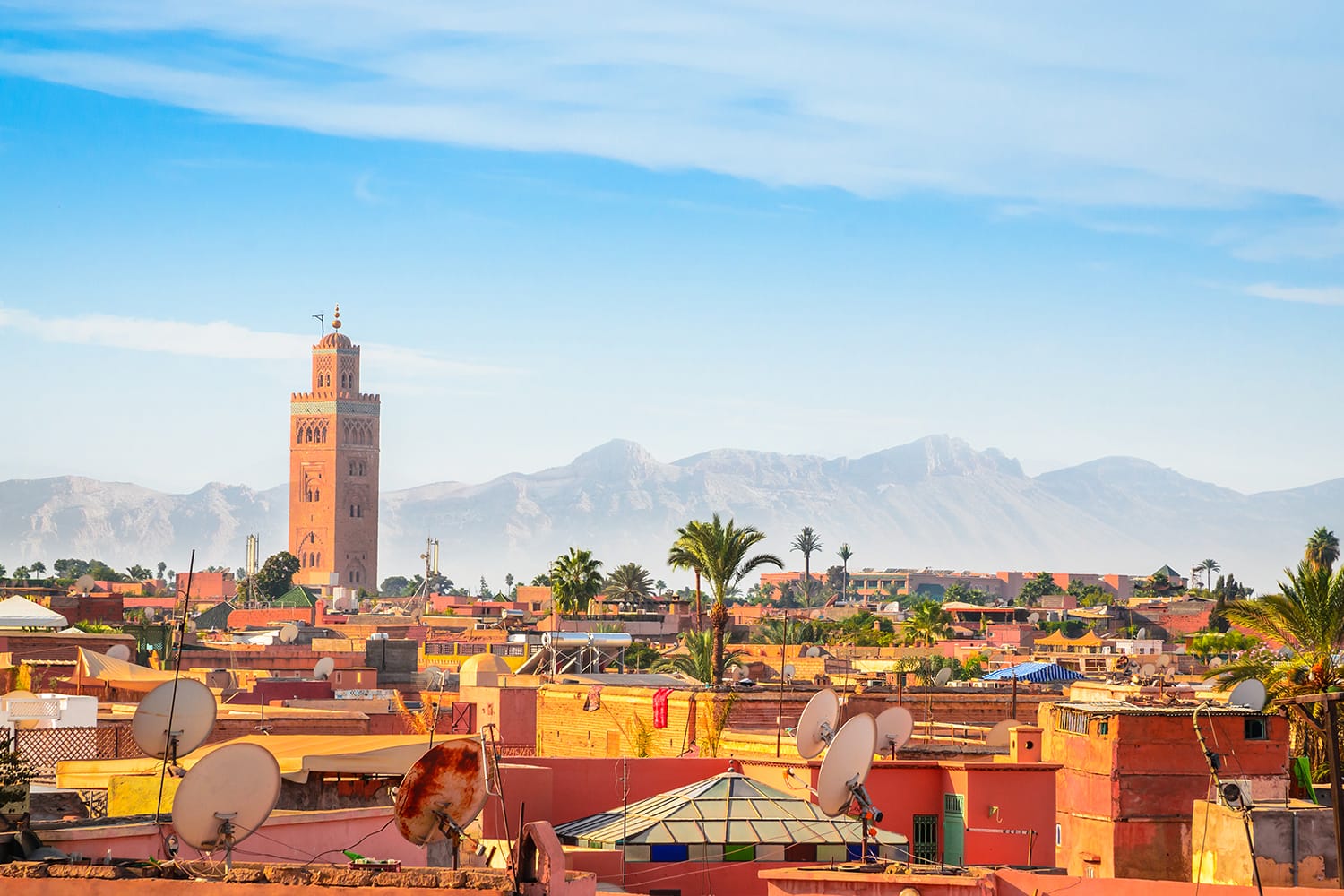
How to Get Around Marrakesh
Onelook at a map tells you that Marrakesh is a reasonably large city. The thing about visiting Marrakesh, though, is that most of the city’s attractions are quite conveniently close to each other within the city’s medina, allowing you to walk from one to the other – not that you’ll have much choice, as cars and public transport rarely penetrate the organic maze of the medina’s streets and alleys.
There are, however, a few landmarks that lie beyond the historic center. In those instances, you will have to resort to taking local taxis. Known as petit taxis and colored beige-yellow, they’re an inexpensive way to get about even if the drivers rarely agree to use the meter.
Now, there is a local bus network in the city that is quite cheap, but buses are generally crowded and therefore not so comfortable in the summer heat. As for the city’s horse-drawn carriages (called calèche), you’ll have to use your judgement based on how healthy the horses appear to be.
Marrakesh Menara Airport is one of the main airports in the country, so whether you’re spending just 3 days in Marrakesh or seeing more of Morocco, you’ll want to know how to get from the Marrakesh airport into the city. Your cheapest option is to take the #19 bus to Jemaa el-Fnaa for just 30MAD one way. Otherwise, you’ll need to get a taxi, which isn’t too much more expensive (50-100MAD), or book a private transfer from the airport.
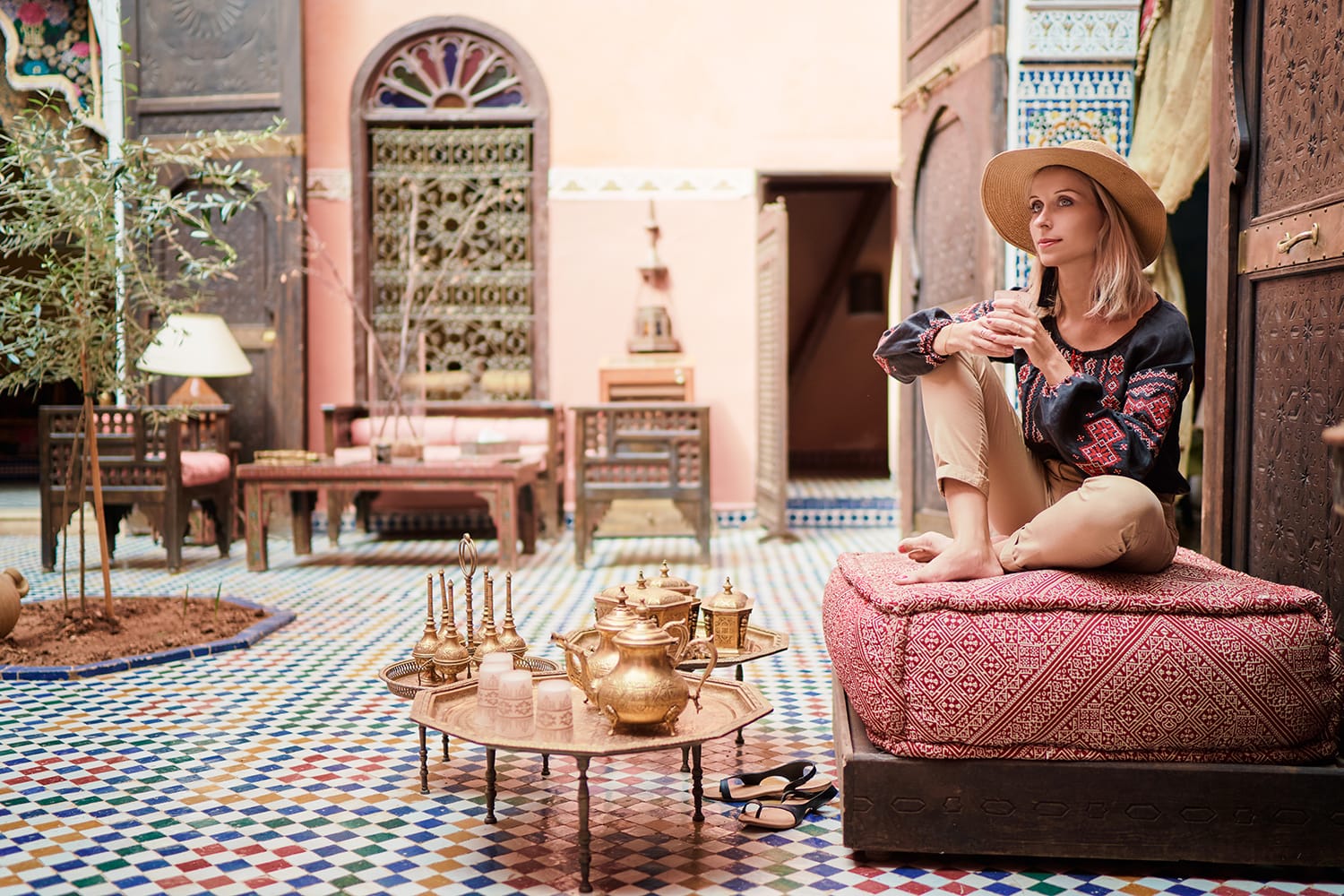
Where to Stay in Marrakesh
The number one question on the mind of most travelers when planning their trip is where to stay in Marrakesh. The next question is usually whether they can stay in a riad, a traditional and characterful type of accommodation in Morocco that’s like a guesthouse with an interior garden or courtyard. The answer to that second question is a definite and resounding yes as there are loads of riads for you to choose from around the city.
As for where to stay, the answer isn’t quite as clear-cut. Many think that all the best places to stay in Marrakesh are found in its historic medina, but that’s simply not true. The medina is great in terms of character and its proximity to sights. However, there are also neighborhoods like the equally historic Kasbah or the more modern Gueliz that have everything you need for a pleasant visit.
For an experience that you won’t soon forget, stay at the luxurious Four Seasons Resort Marrakech in the city’s west. Just minutes from the Menara Gardens, this five-star resort offers spacious rooms with a private terrace and access to an outdoor swimming pool, rooftop terrace, and wellness center.
If you’re looking to balance cost with comfort, a superb mid-range option for your visit is the Riad Le Rihani. This light and breezy riad in the medina is fantastic value for money, with an outdoor pool, hammam, and rooftop terrace that will make it hard to leave for sightseeing.
Don’t forget that Airbnb is another option for interesting and affordable accommodation. For recommendations, check out our list of the best Airbnbs in Marrakesh.
Even if you are on a budget, places like Riad les 2 Portes allow backpackers to experience what it’s like to stay in a riad. Only a five-minute walk from the heart of the medina, this riad provides private rooms with comforts like air-conditioning and a delicious breakfast that’s included in the price.
For more accommodation options in Marrakesh check out Booking.com. They continuously offer the best rates and their custom service is on point.
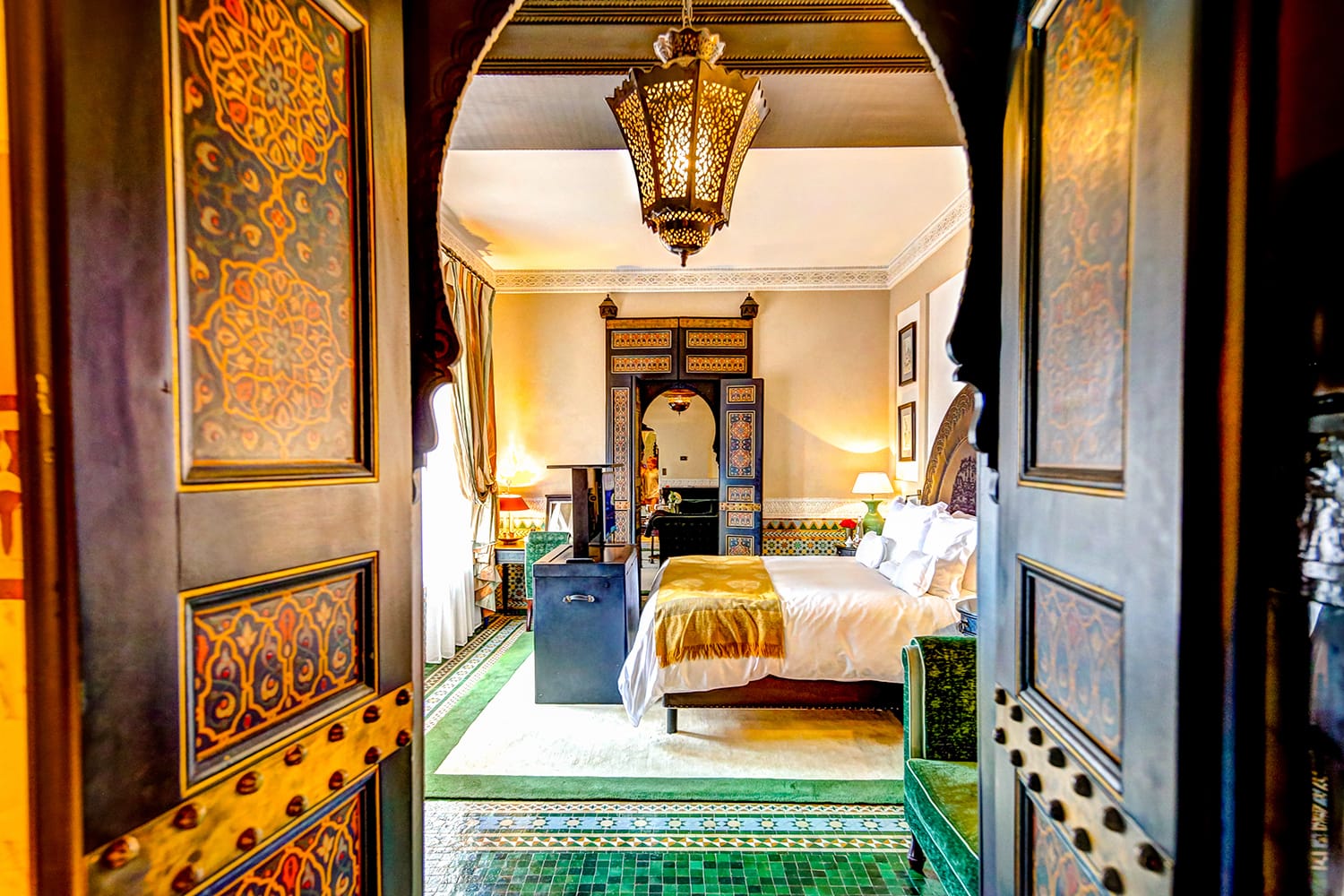
The Perfect 3-Day Marrakesh Itinerary
In a popular destination like Marrakesh, there’s no way you’re going to run out of things to keep you busy. The best things to do in Marrakesh will not only help you explore the history, culture, and modern life of the city but show you its different areas as well. That’s because the best of Marrakesh isn’t just limited to the city’s medina but extends out to other neighborhoods too, including Mellah, the Kasbah, and the city’s north. That’s why following a Marrakesh itinerary like ours is so useful.
However, before we get to our Marrakesh itinerary, we just wanted to remind you to purchase travel insurance. You never know what will happen and, trust us, you do not want to get stuck with thousands of dollars in medical bills. As a wise man once said, “If you can’t afford travel insurance, you can’t afford to travel.” So don’t leave home without it.
SafetyWing offers travel insurance for only about $10 a week, making it a no-brainer to get. You can get a quick, non-binding quote below:

SafetyWing is, of course, not the only option available. Two other popular alternatives are World Nomads and Heymondo.
With that important but unexciting topic covered, let’s look at the more interesting bits of our Marrakesh travel itinerary to find exactly what to do in Marrakesh in 3 days to have a great time in this fascinating and dynamic city.
Day 1 in Marrakesh
On your first day visiting Marrakesh, let’s dive right into the main sights of the city within the medina, the historic center.
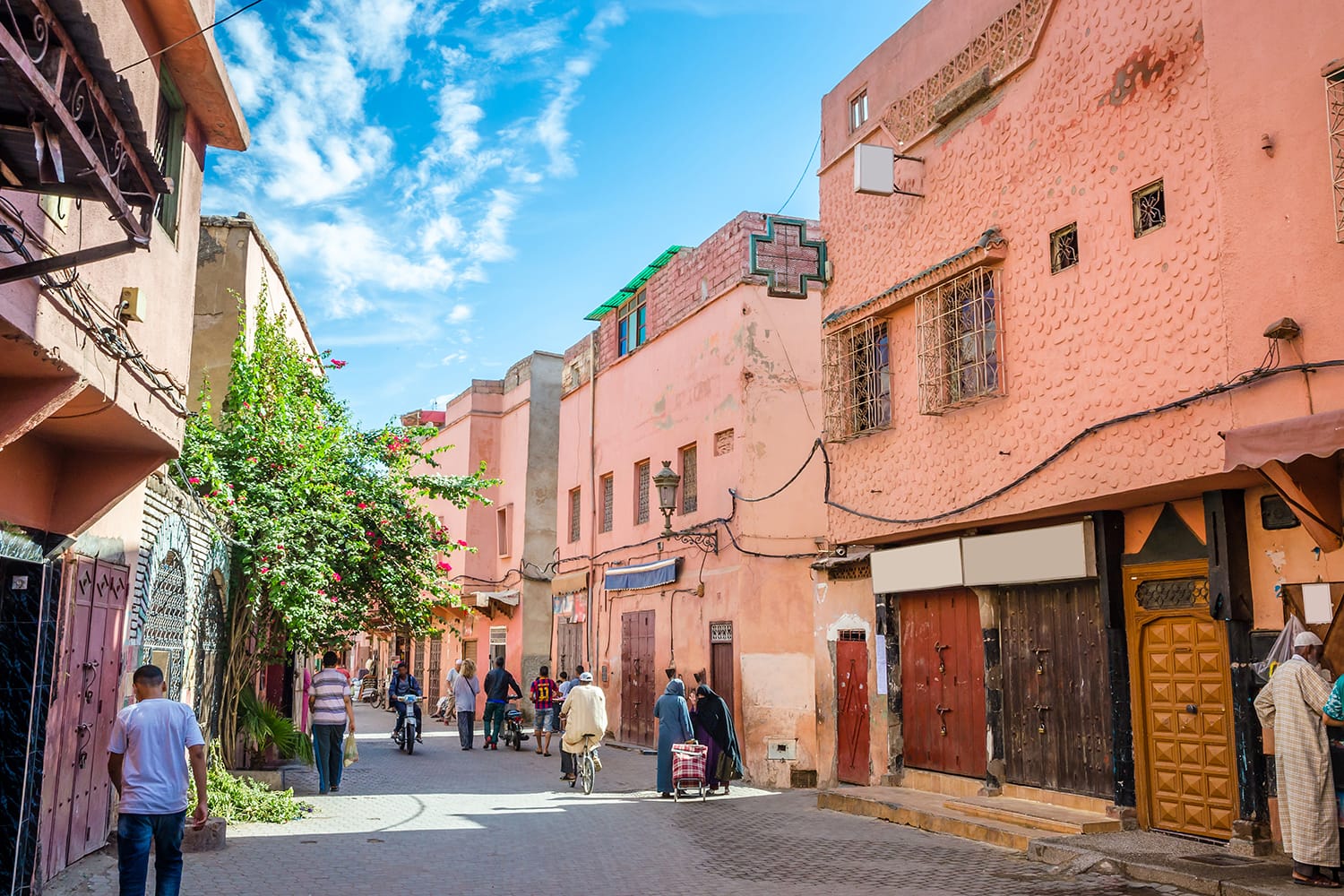
Marrakesh Medina
No matter where you go in Morocco, there’s seemingly always a medina you can visit and quickly get lost within. This is definitely true for the Medina of Marrakesh, the walled old city that dates back to the 11th century. For centuries, the entire population of Marrakesh lived within the medina walls, which helps explain why today it’s a UNESCO World Heritage Site.
And really, the best thing to do in the medina is to just wander and let yourself get lost among its narrow lanes, passages, and tunnels. As you go, you’ll get a sense of what life is like here, even if certain aspects like the street performers and vendors have been heightened for the sake of tourism.
We’ll focus on the main sights of the medina, but there will always be countless small spots like gates, shops, and houses that you can only discover on your own.
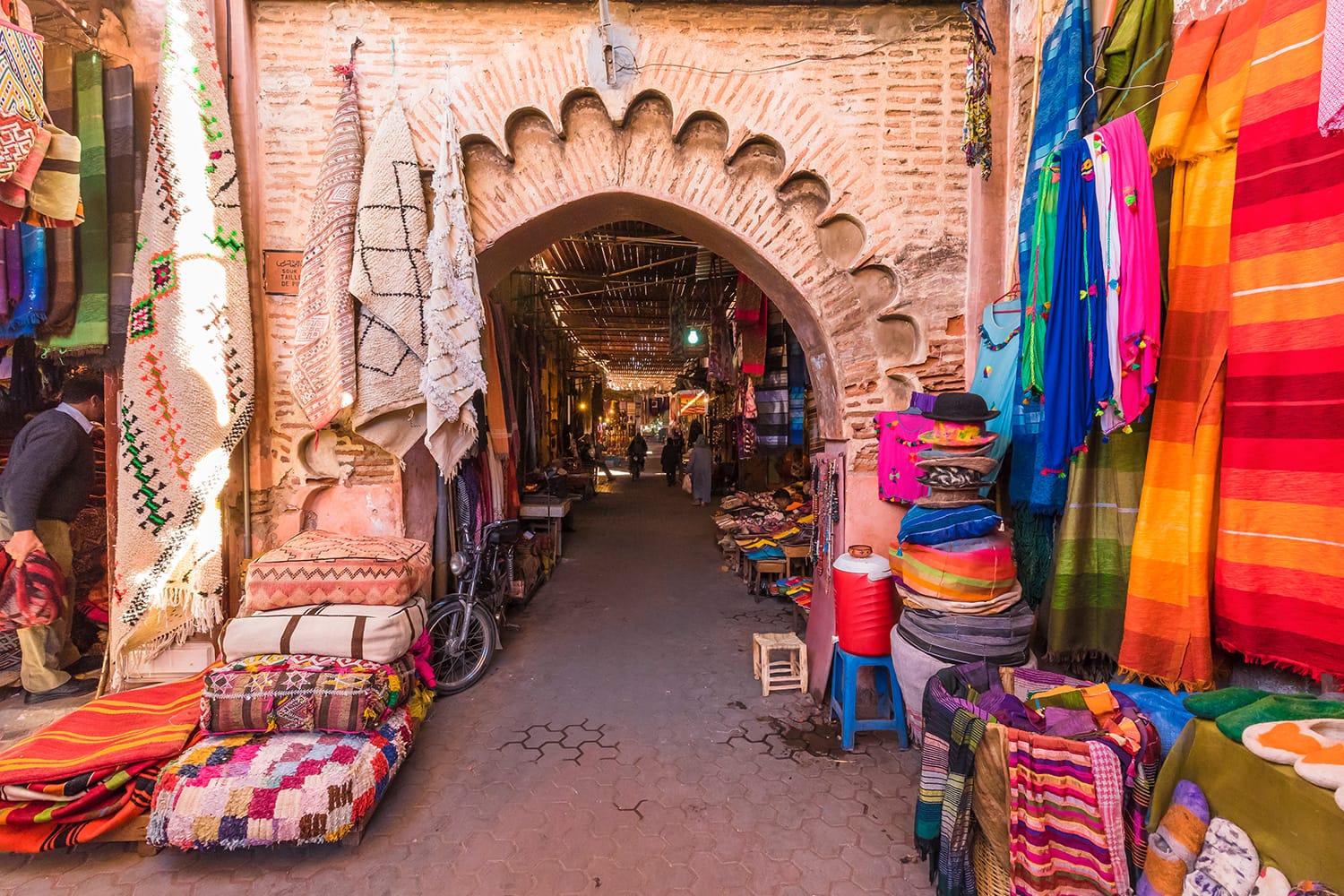
Explore the Souks
Wandering the medina, many will find that they spend the bulk of their time exploring the thousands of stalls that make up Marrakesh’s souks. These traditional markets may have adapted a little for modern times and tourism, but their dim and aromatic maze still gives visitors a sense of bustle that’s hard to comprehend otherwise. Within the souks, you’ll find everything under the sun for sale, from spices and souvenirs to woodwork, jewelry, and textiles.
Explore Marrakesh’s vibrant souks and uncover its hidden treasures, stunning colors and extraordinary handicrafts on this guided tour with a local guide.
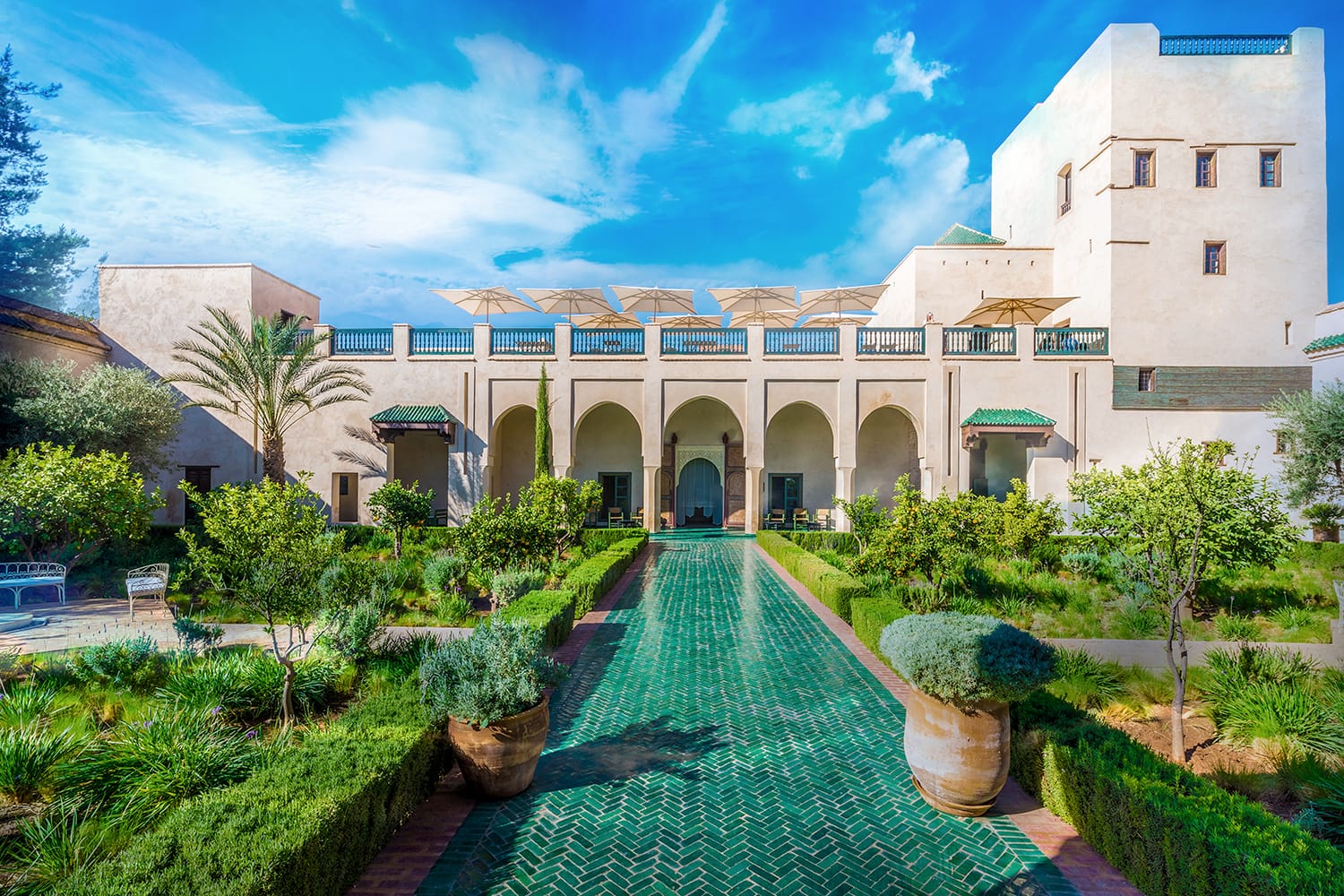
Le Jardin Secret
With all that’s going on within the medina and its souks, a gorgeous and peaceful garden is probably the last thing you’d expect to find. Which probably explains the name of Le Jardin Secret, a pristine palace garden that dwarfs any riad courtyard in the area. Only unveiled in 2016, Le Jardin Secret actually features two gardens, one with plants from around the world and one with a clear Islamic influence. Besides the gardens, there is a pavilion with information on the palace garden’s restoration as well as a tower that looks out on the surrounding medina.
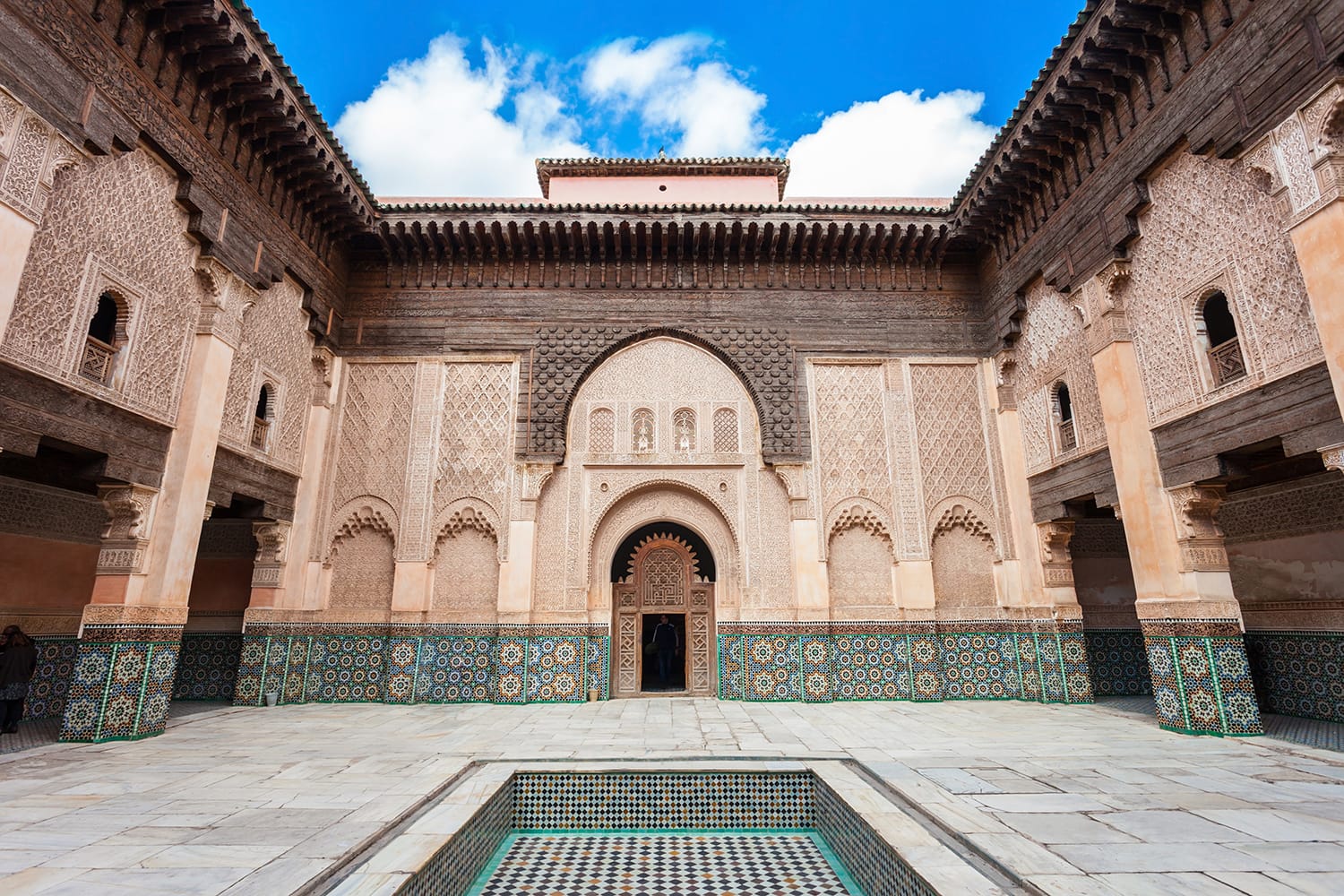
Ben Youssef Madrasa
Boasting some of the most beautiful architecture in all of Morocco is the Ben Youssef Madrasa. Once Morocco’s largest madrasa, a form of Islamic college, this Marrakesh institution was in operation from around the 14th century until the start of the 20th century, though the exquisite architecture that visitors are fortunate enough to still see today dates to the 16th century.
It’s along the walls of the main courtyard that you’ll see the gorgeous Moorish design of the madrasa that centers on a simple water basin. Along the sides of the courtyard are twin galleries with windows, which used to house student dormitories. Be sure to take your time admiring all the little details in the tiles and stucco that create this special space.
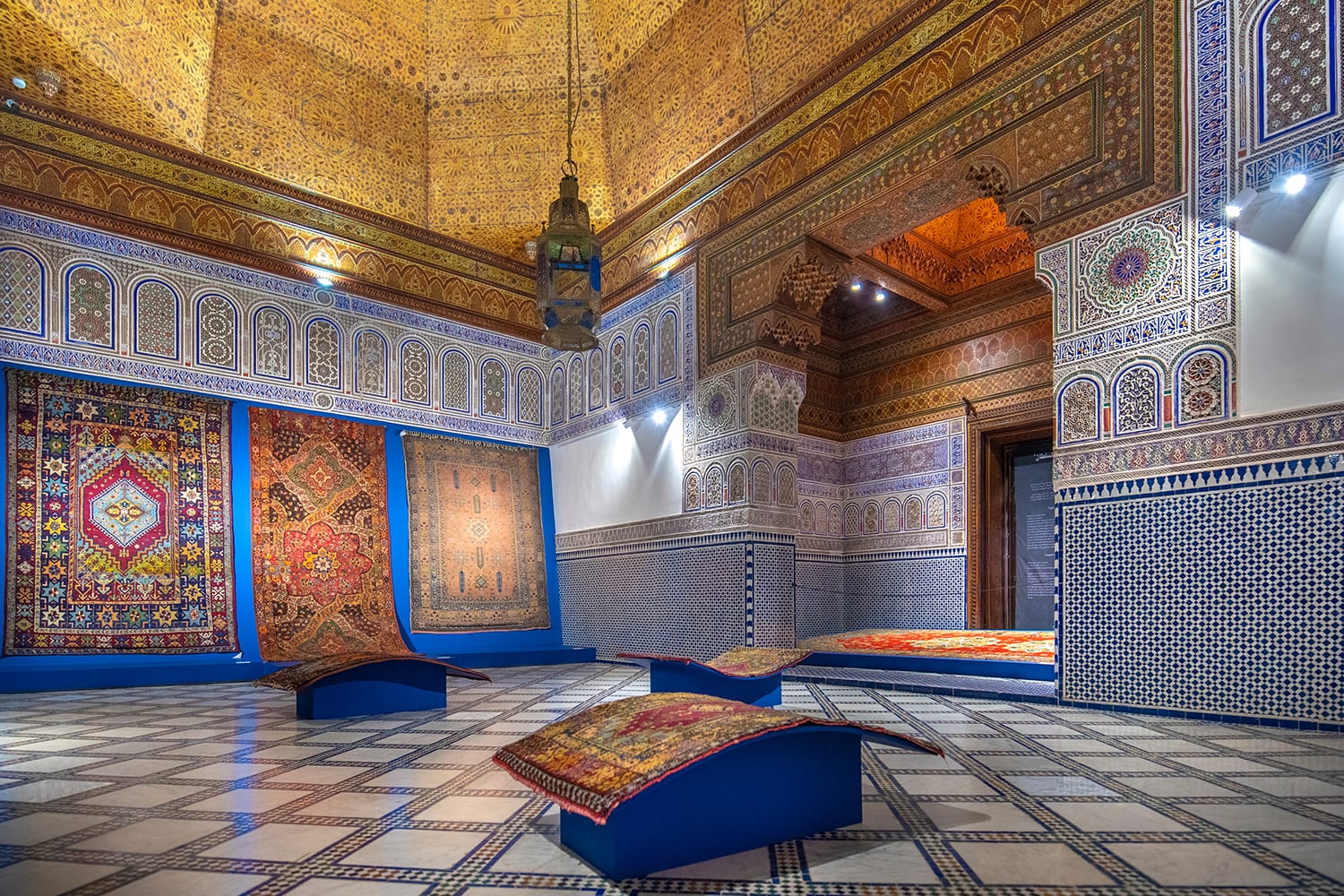
Dar Si Said Museum
Hopefully you’re not yet over beautiful palaces as we head back towards the heart of the medina to the Dar Si Said Museum. Set inside a 19th-century palace, this museum is spread across the palace’s two stories. You have both the exhibits and the palace design to look at, especially in the courtyards and on the first floor. The exhibits primarily focus on textiles, carpets, and Berber culture. Not all of the information is in English, but not knowing Arabic doesn’t take away too much from the experience.
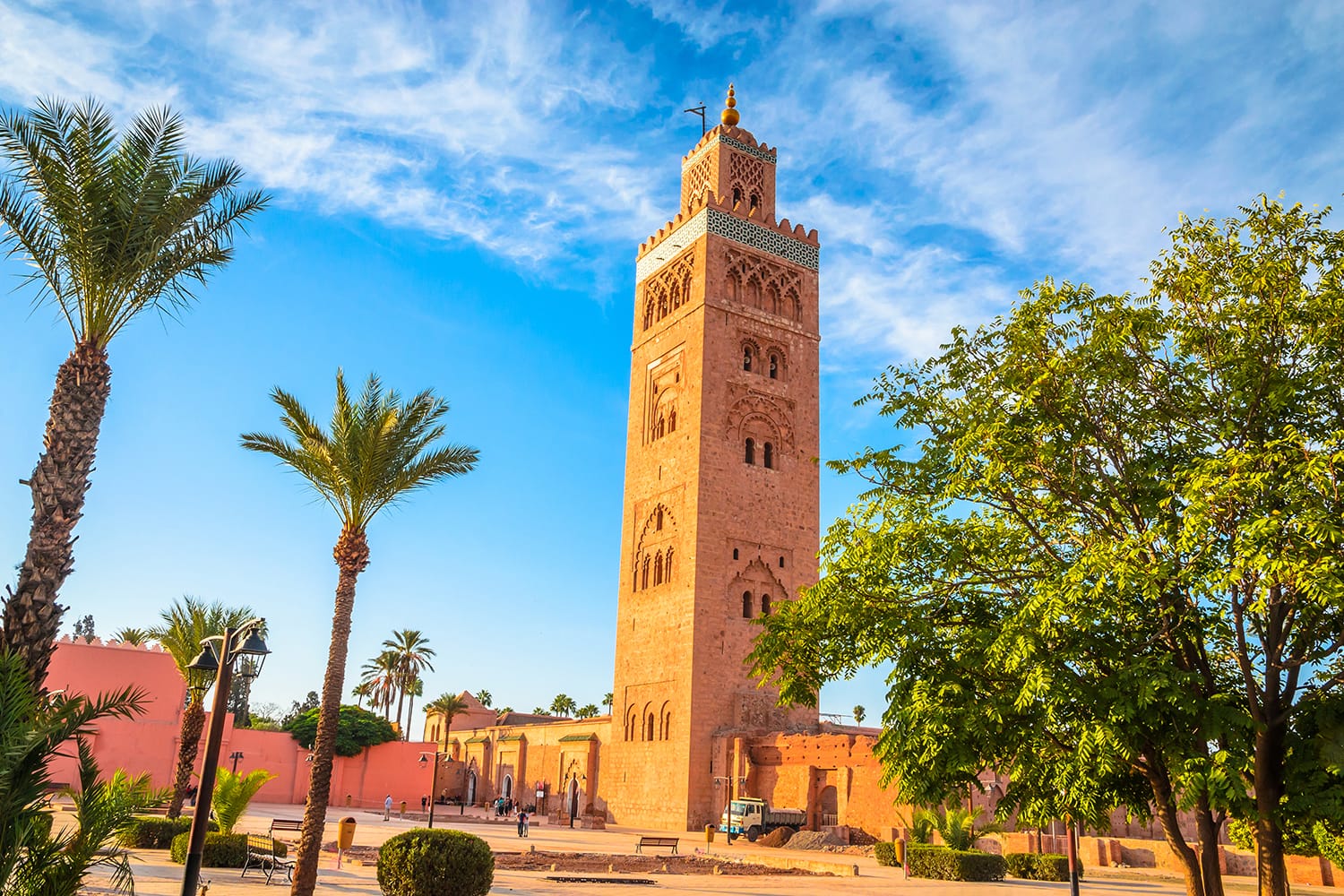
Koutoubia Mosque
With its elegant and distinctive minaret visible across much of the medina, the Koutoubia Mosque is one attraction few travelers are likely to miss. And that’s a good thing as this mosque, the largest in the city, is full of history and beautiful architecture. Also transliterated as the Kutubiyya Mosque, its name translates to the Booksellers’ Mosque because of the many booksellers who used to sell their wares around it. Lush gardens sit below the tower on one side and help frame this photogenic landmark that is said to have inspired the design of the Giralda in Seville.
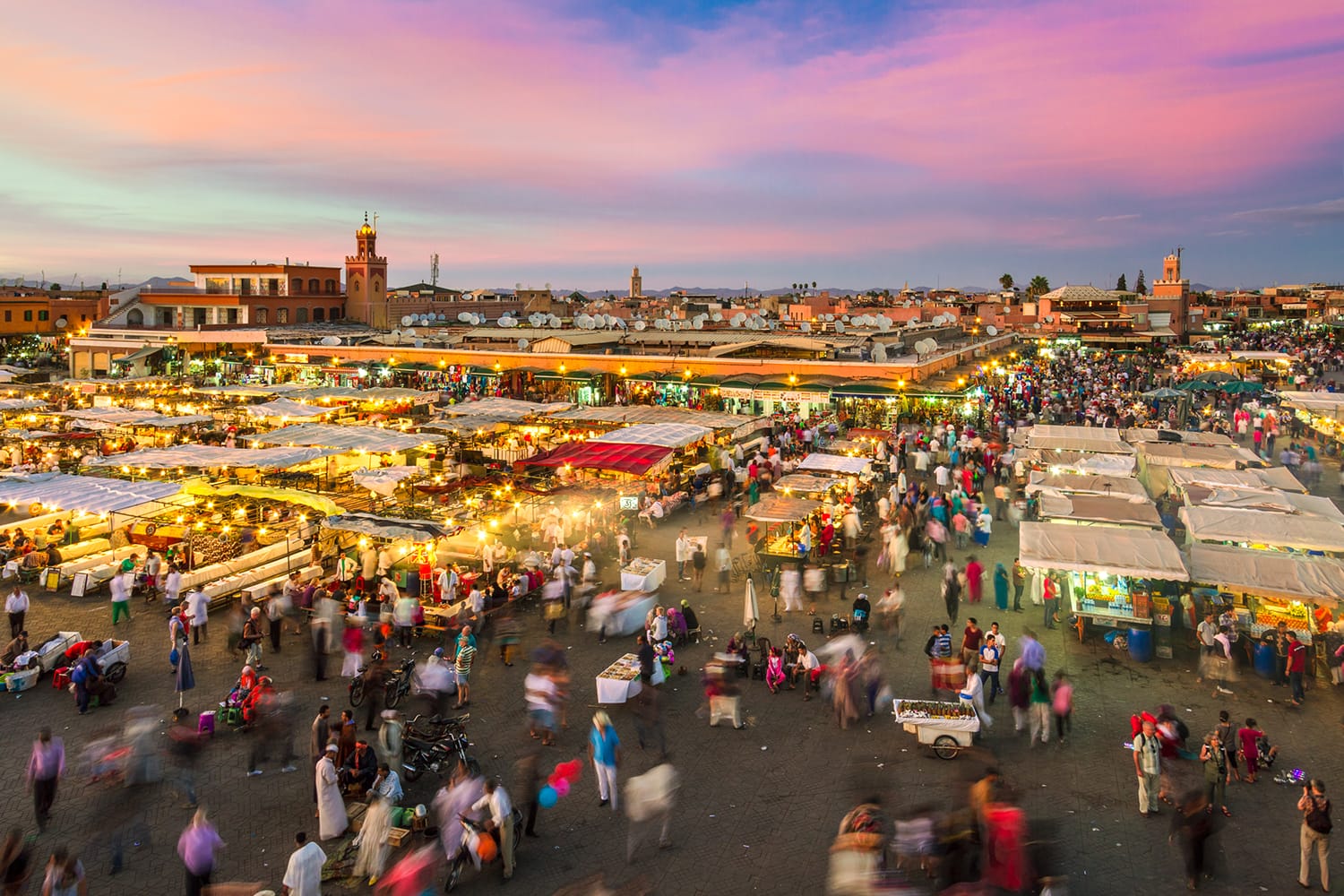
Jemaa el-Fnaa Square
Don’t worry, we haven’t forgotten to mention Marrakesh’s most famous landmark, the expansive Jemaa el-Fnaa Square. This vast square and marketplace is one place all visitors to the city should and invariably do pass through while exploring the medina. But while you’re sure to pass through the square earlier in the day for one reason or another, it’s really worth returning to Jemaa el-Fnaa at night.
It’s only then that you fully understand its appeal. That’s because the atmosphere completely changes with the arrival of its iconic night market.
The once-empty square becomes a sea of people walking to and between all manner of food stalls serving Moroccan cuisine. Then there are the rooftop cafés that surround Jemaa el-Fnaa and fill with people looking to unwind and watch the market in action from a distance.
Day 2 in Marrakesh
There are still a few more places to visit in the heart of Marrakesh’s historic center, after which it’ll be time to venture out a little further to areas like Mellah and Jardin Majorelle.
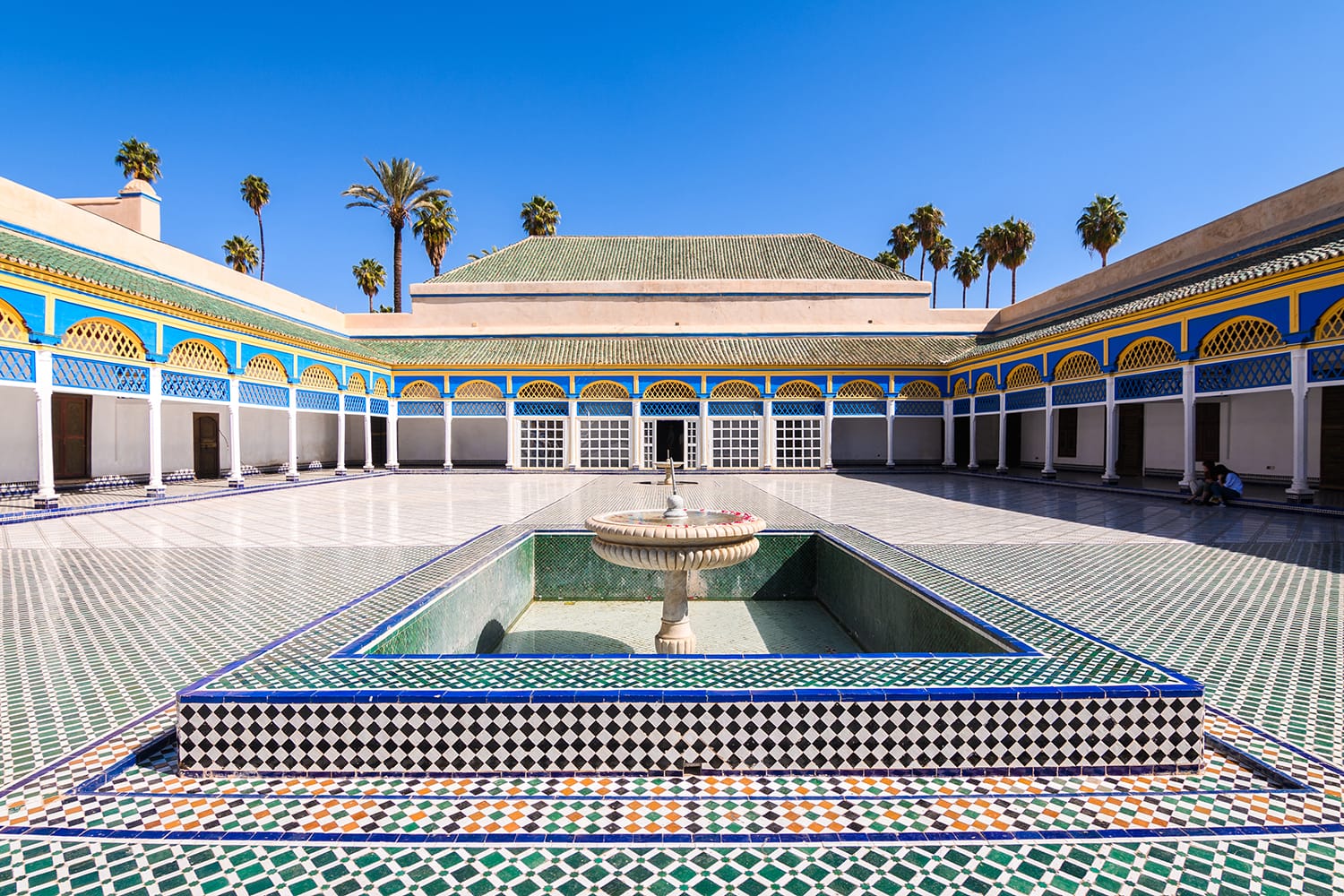
Bahia Palace
Start the day by heading to the Bahia Palace, one of the most captivating landmarks in the city. Built between 1859 and 1900, and therefore one of Marrakesh’s newest palaces, it is nonetheless a delight to walk through. That’s because clearly a lot of care went into its design, from the fine painted ceilings in the salons to the tiles that cover the vast Grand Courtyard. Don’t miss the garden courtyard of the Small Riad, which feels worlds away from the world outside the palace.
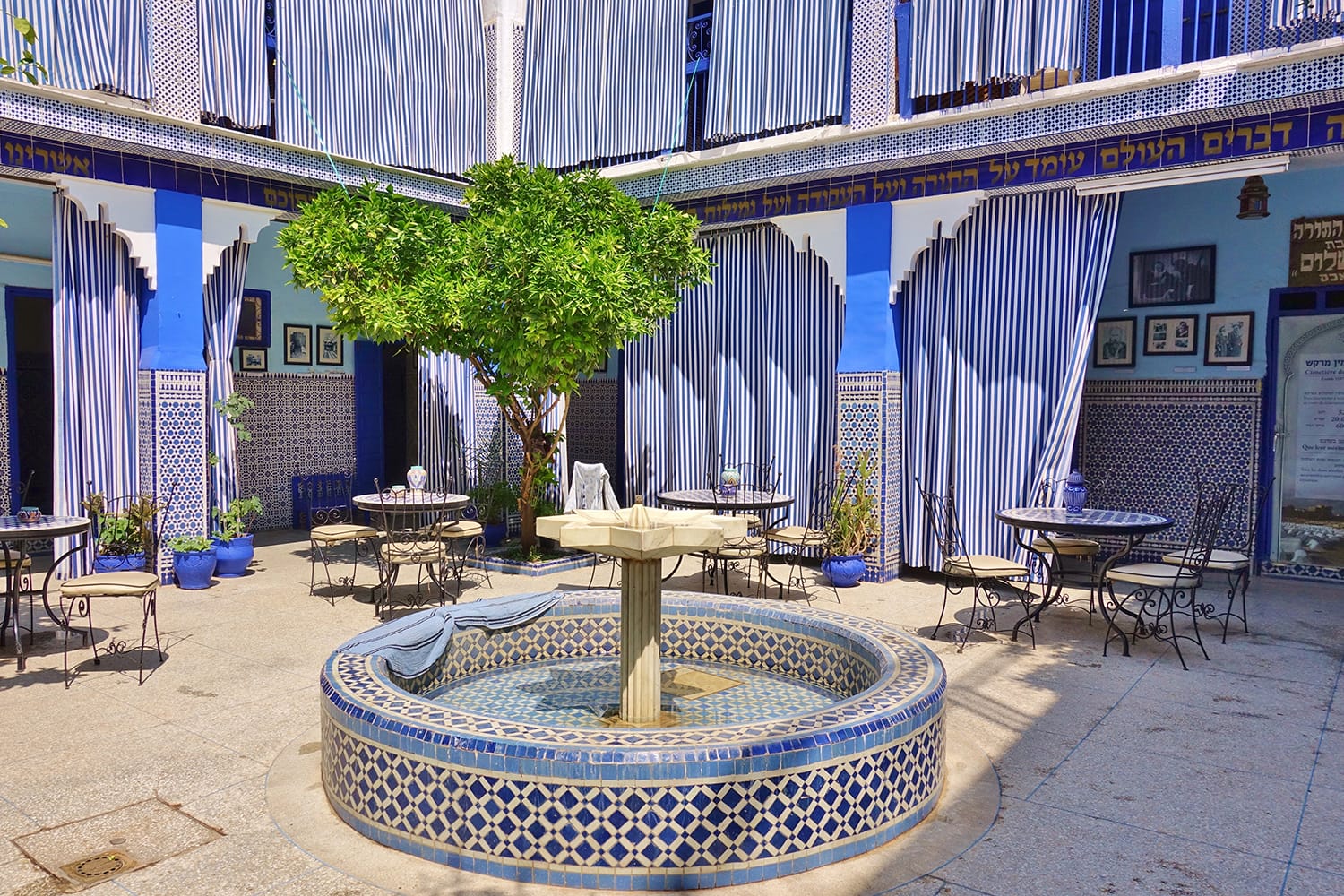
Mellah
After a short walk from the Bahia Palace, you’ll arrive in the Mellah of Marrakesh, the city’s old Jewish district. Many cities in Morocco had their own Jewish quarter, known as a mellah, and it’s worth exploring here to see the differences from the main medina area. While you’ll find plenty more narrow streets and alleys in this quarter, some notable differences include an abundance of balconies overhanging the streets, not to mention the local synagogue.
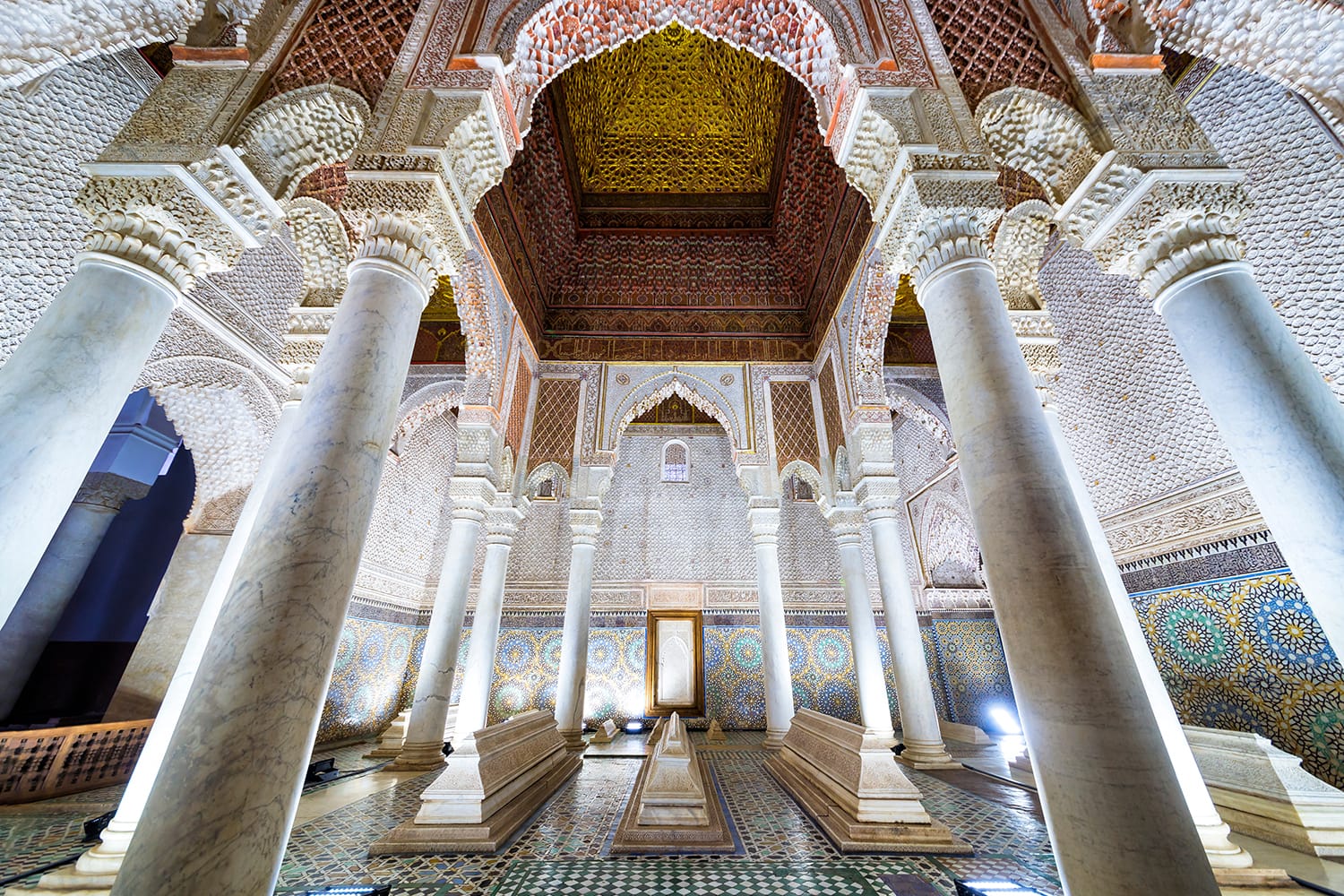
Saadian Tombs
Heading south out of the medina into the royal Kasbah district of Marrakesh, our next stop is the exquisite Saadian Tombs. This 16th-century necropolis was used to house the remains of the Moroccan royal family, helping explain its gorgeous architecture and design. From the ornate tiles to the finely detailed plasterwork, the chambers of the Saadian Tombs are all quite beautiful. Of particular note is the Chamber of the Twelve Columns, the grand mausoleum that Sultan Ahmad al-Mansur had built for himself.
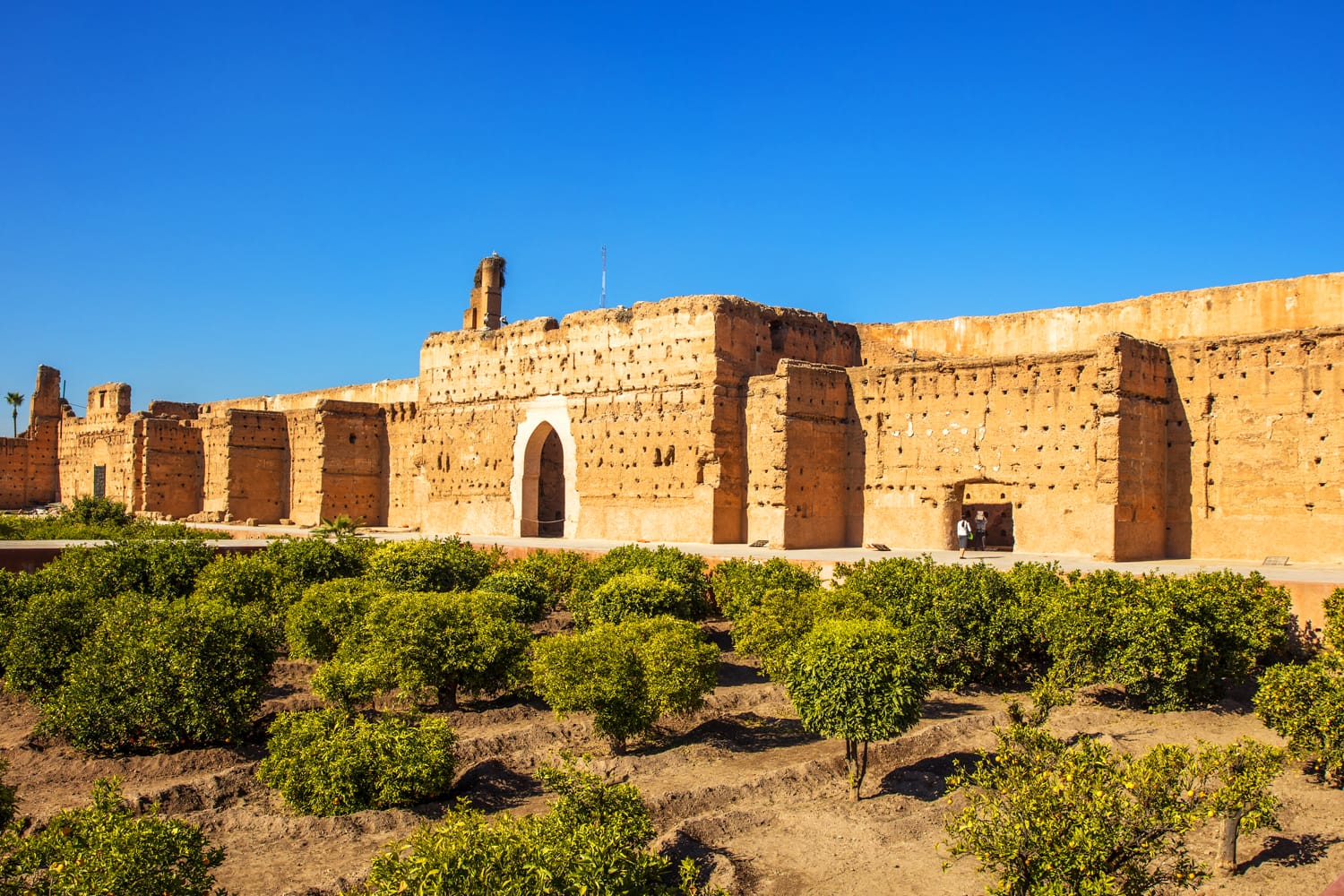
El Badi Palace
A short walk from the Saadian Tombs and resting just outside the Royal Palace of Marrakesh, you’ll find the remains of El Badi Palace. Built by Sultan Ahmad al-Mansur in the 16th century, this once lavish palace was torn apart not a century later. So your visit will not entail admiring a resplendent palace but its evocative remains, namely the large courtyard gardens and exhibitions on the history of this corner of Marrakesh. One other perk of visiting El Badi is that the old palace ramparts offer some nice views of the city.
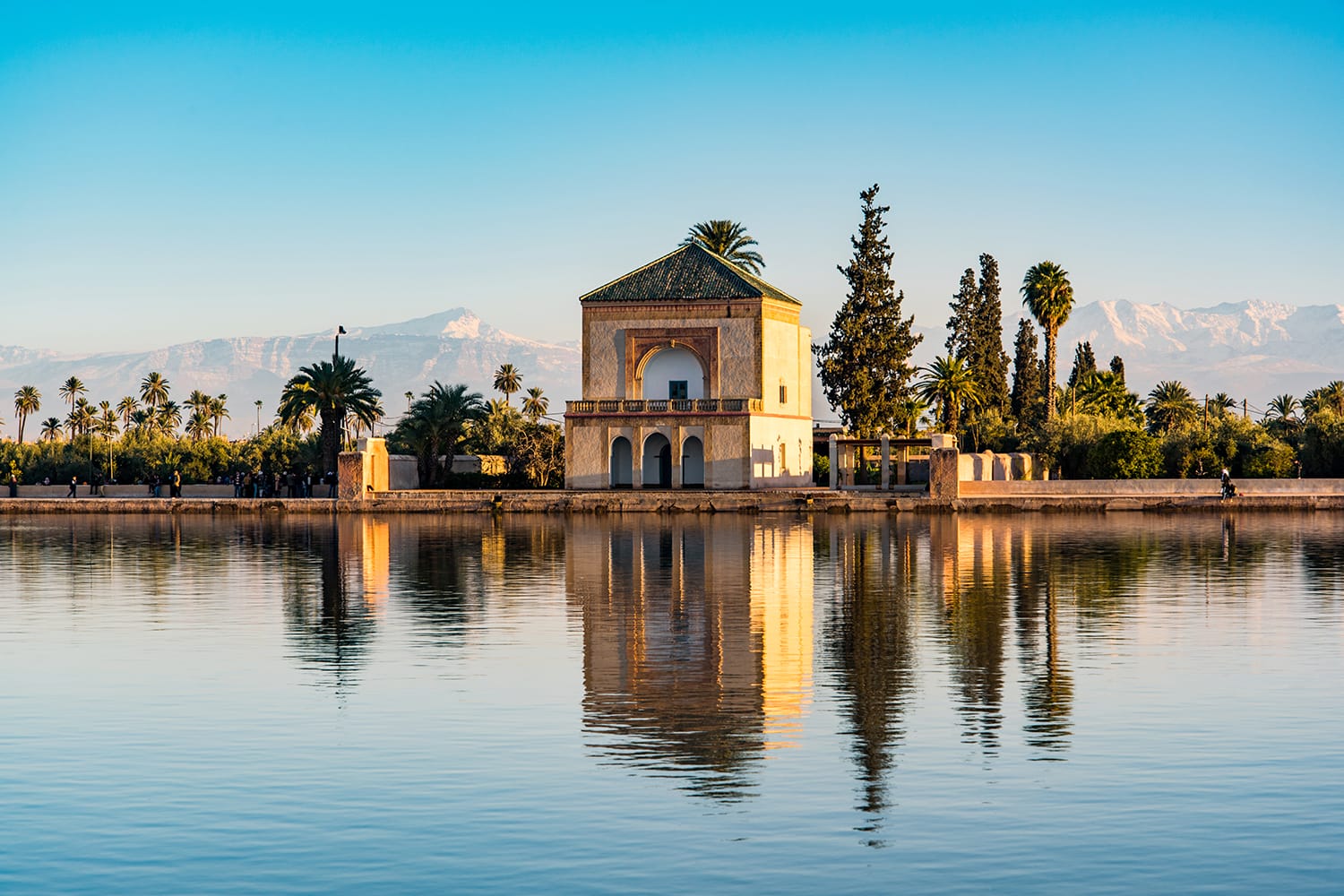
Menara Gardens
The first of our attractions that lies away from the center of Marrakesh is the gorgeous Menara Gardens. Set around a large reflecting pool and a historic pavilion, the gardens are the city’s finest and immensely popular with locals looking to escape the city noise. What’s really surprising is that they date to the 12th century, meaning you’re still exploring the city’s history as you stroll through and look off to the Atlas Mountains in the distance.
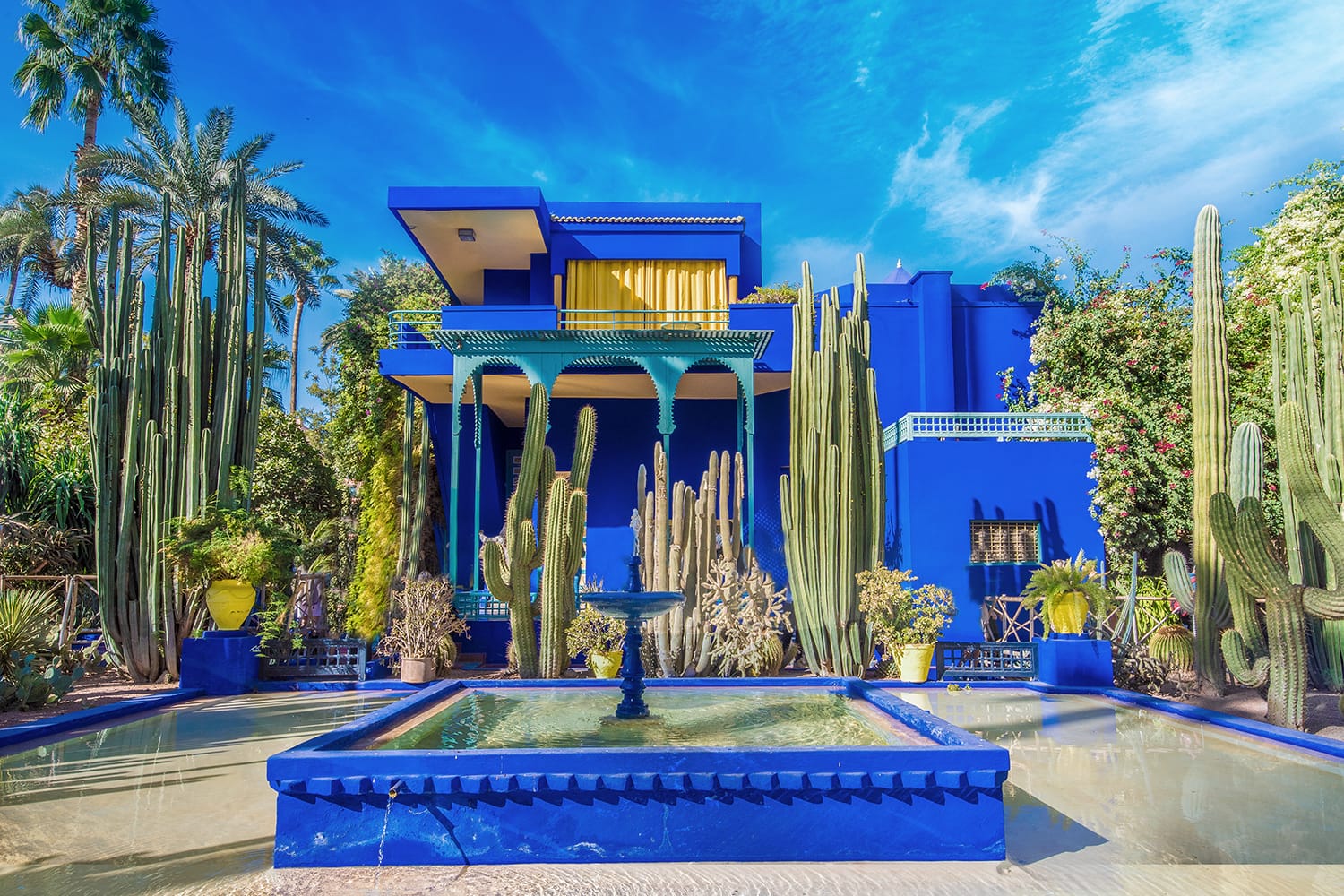
Jardin Majorelle
Saving the best Marrakesh garden — or at least the most striking — until last, we have the remarkable Jardin Majorelle in the city’s north. The garden was originally designed by French artist Jacques Majorelle and later restored by fashion icon Yves Saint-Laurent, and their involvement goes a long way in explaining its bold, artistic look. That’s because, besides a worldly array of plants, Jardin Majorelle incorporates a vivid blue Cubist villa whose hue can be seen throughout the gardens. In addition to the gardens, Jardin Majorelle features both a Berber Museum and an Yves Saint Laurent Museum.
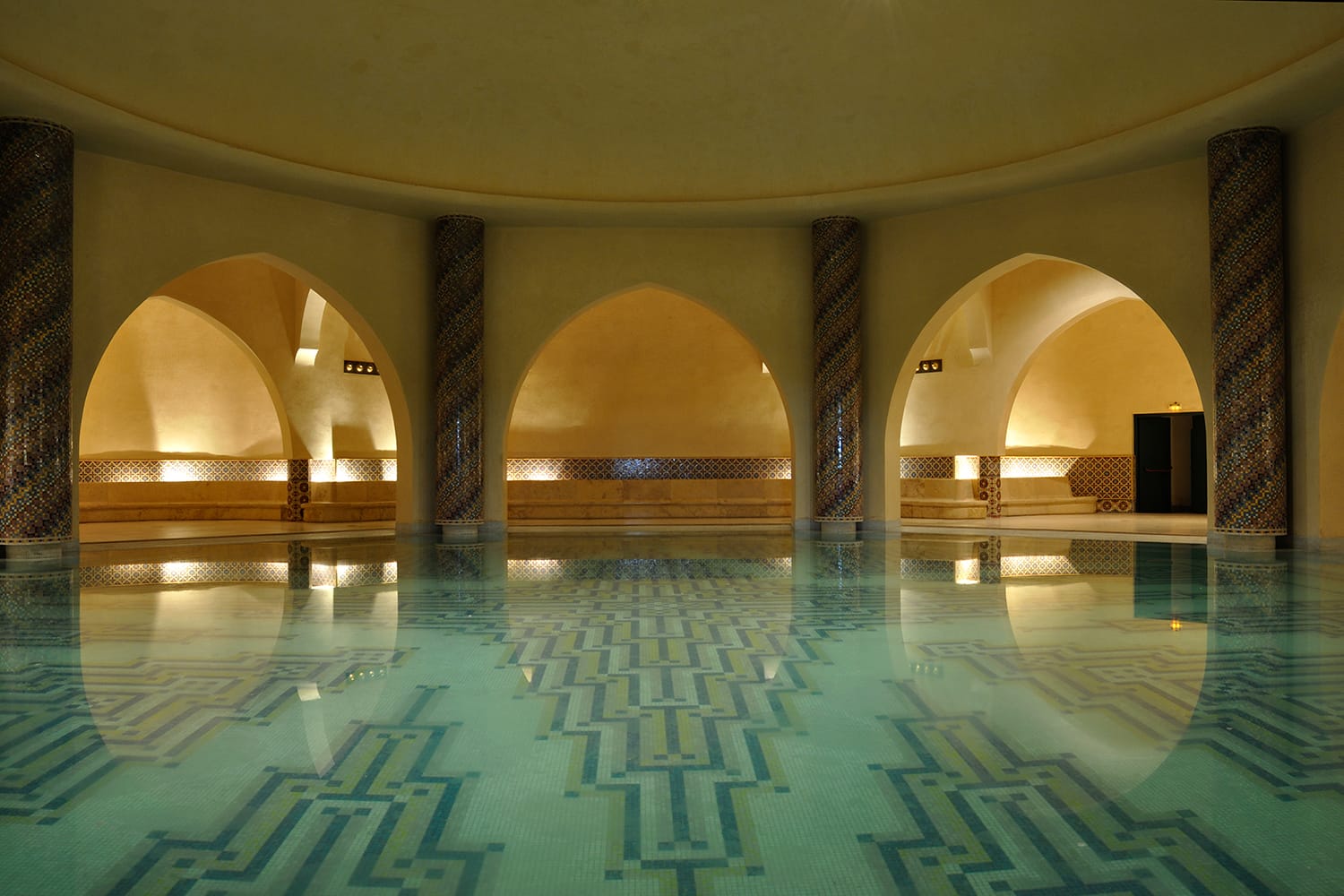
Visit a Hammam
Having come all the way to Morocco, you can’t miss out on a quintessential Moroccan experience like a hammam, or steam bath. Visiting a hammam is as much about socializing and spirituality as recreation and an ingrained element of Moroccan culture, making it a worthwhile experience for tourists. There are both public and private hammams in Marrakesh, with each type offering a vastly different experience. One of the most popular hammams is Les Bains d’Orient Marrakech. You can also book a hammam experience here.
Day 3 in Marrakesh
To round out your 72 hours in Marrakesh, we’re actually going to leave the city behind and see what else Morocco has to offer. There are all sorts of trips and tours from Marrakesh available. These are three of the most common.
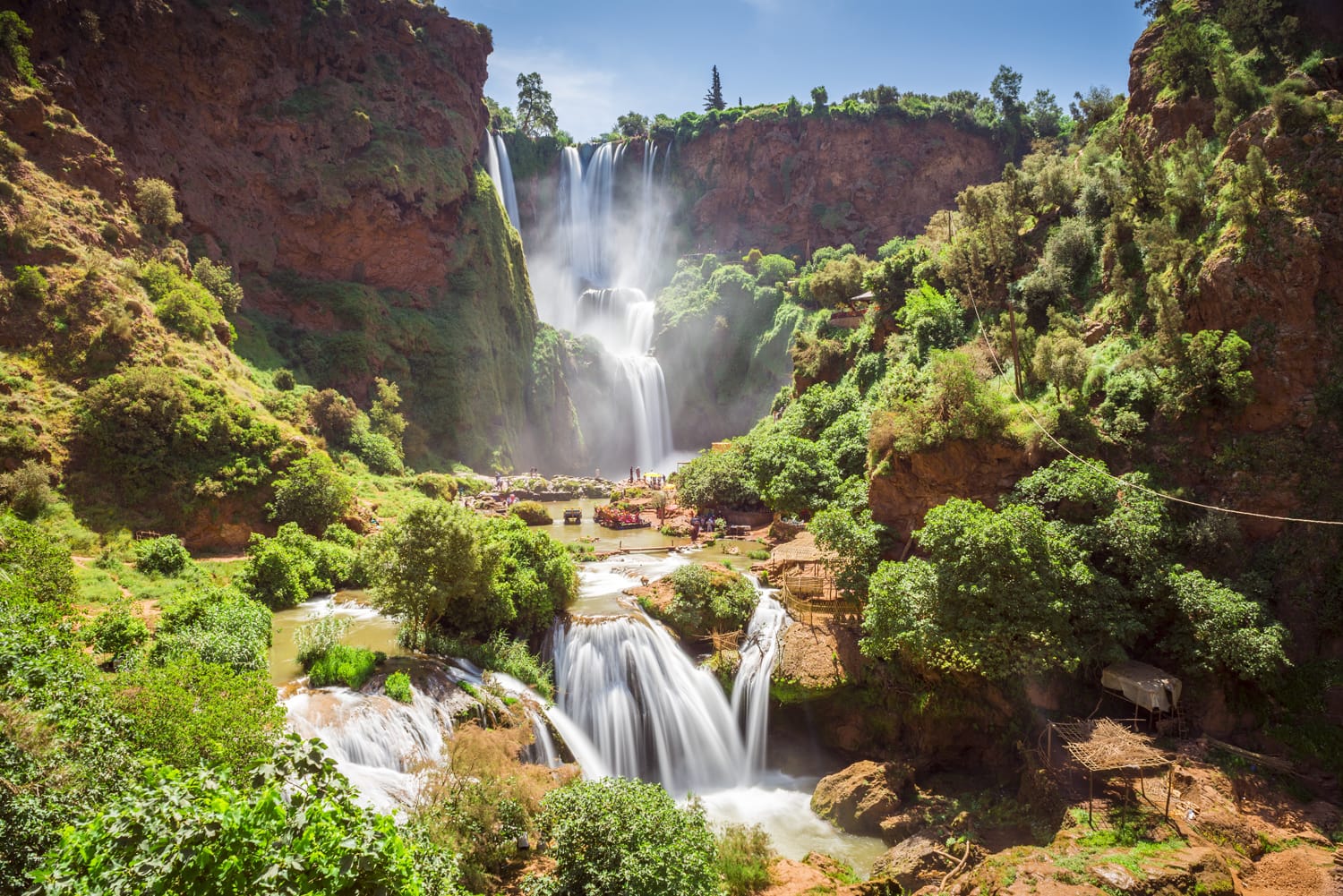
1. Ouzoud Falls
Waterfalls may not be the first thing you think of when you think of Morocco, but the Ouzoud Falls are definitely one of the best day trips from Marrakesh. Found among the Middle Atlas Mountains east of the city, a trip to this striking waterfall and its green surroundings will show you a completely different side of the country.
The Ouzoud Falls is one of the highest waterfalls in Africa, cascading down 110 meters (360 feet) over several stages as it flows into the El-Abid River. Visitors can admire the waterfall from the El-Abid Canyon at the bottom of the falls, where it’s also possible to spot wild monkeys, go for a boat ride toward the falls, and even swim in the river.
Book a full-day tour to the Ouzoud Falls from Marrakesh here!
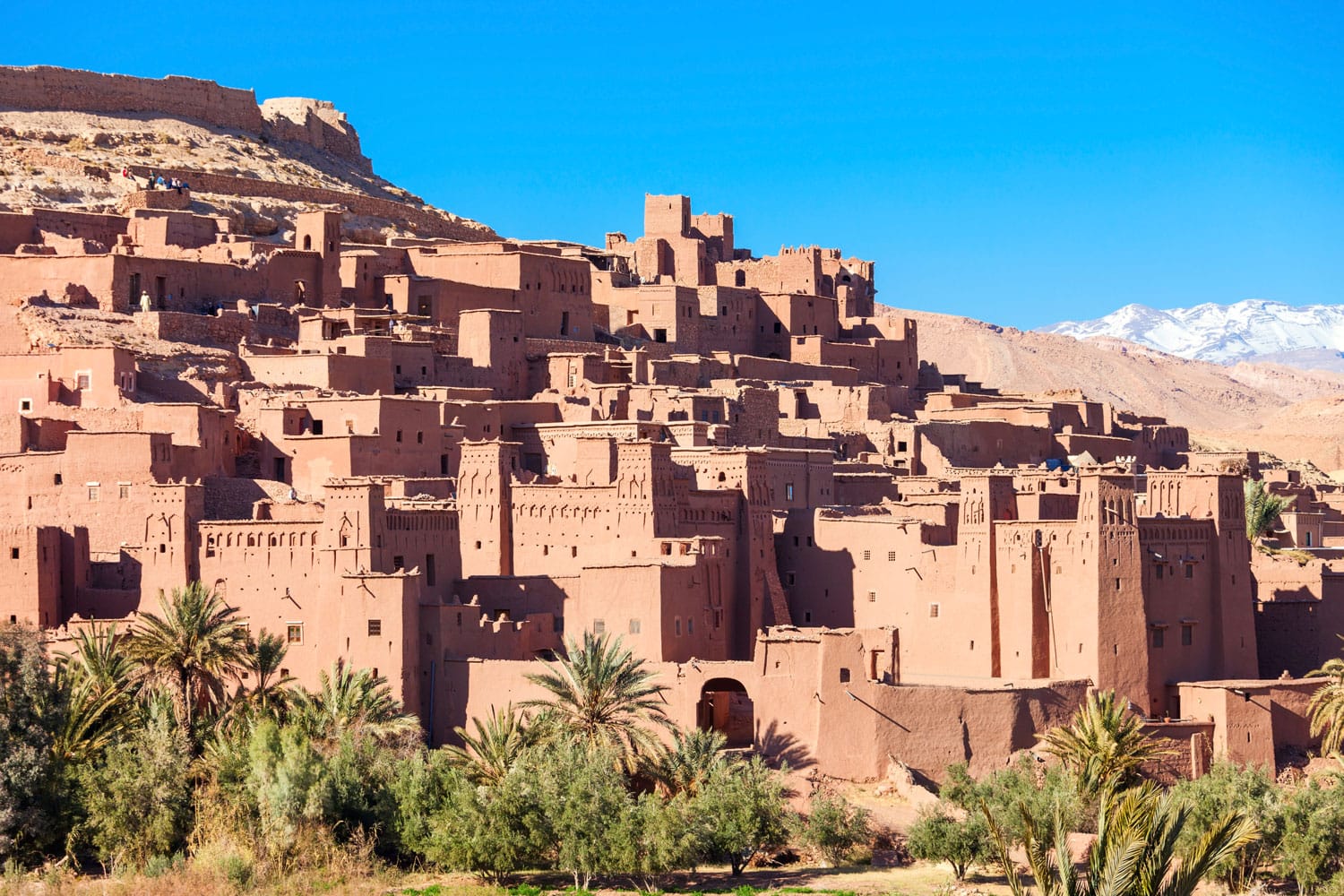
2. Ait Benhaddou
You won’t find much scenery in Morocco more jaw-dropping than the incredible village of Ait Benhaddou, making it an excellent choice for a day trip from Marrakesh. This picturesque ksar, or fortified village, is made entirely from red mud bricks and yet still stands out against the arid landscape of this region between the Atlas Mountains and Sahara Desert.
Crossing a stream and entering Ait Benhaddou, you’ll have the chance to wander between the homes of this UNESCO-listed site that has remained mostly unchanged since the 11th century. If Ait Benhaddou looks at all familiar, that’s because you may have seen it used in film and TV productions such as Game of Thrones, Gladiator and The Jewel of the Nile.
Book a full-day tour to Ait Benhaddou and the Atlas Mountains from Marrakesh here!
Ait Benhaddou is often combined with the city of Ouarzazate, the heart of Morocco’s film industry. Dubbed the “Hollywood of Africa,” Ouarzazate has also been used for such well-known films as Lawrence of Arabia, The Mummy and, yes, Gladiator again. Visit Atlas Studios there to see film sets from a whole host of recognizable movies.
Book a full-day tour to Ait Benhaddou and Ouarzazate from Marrakesh here!
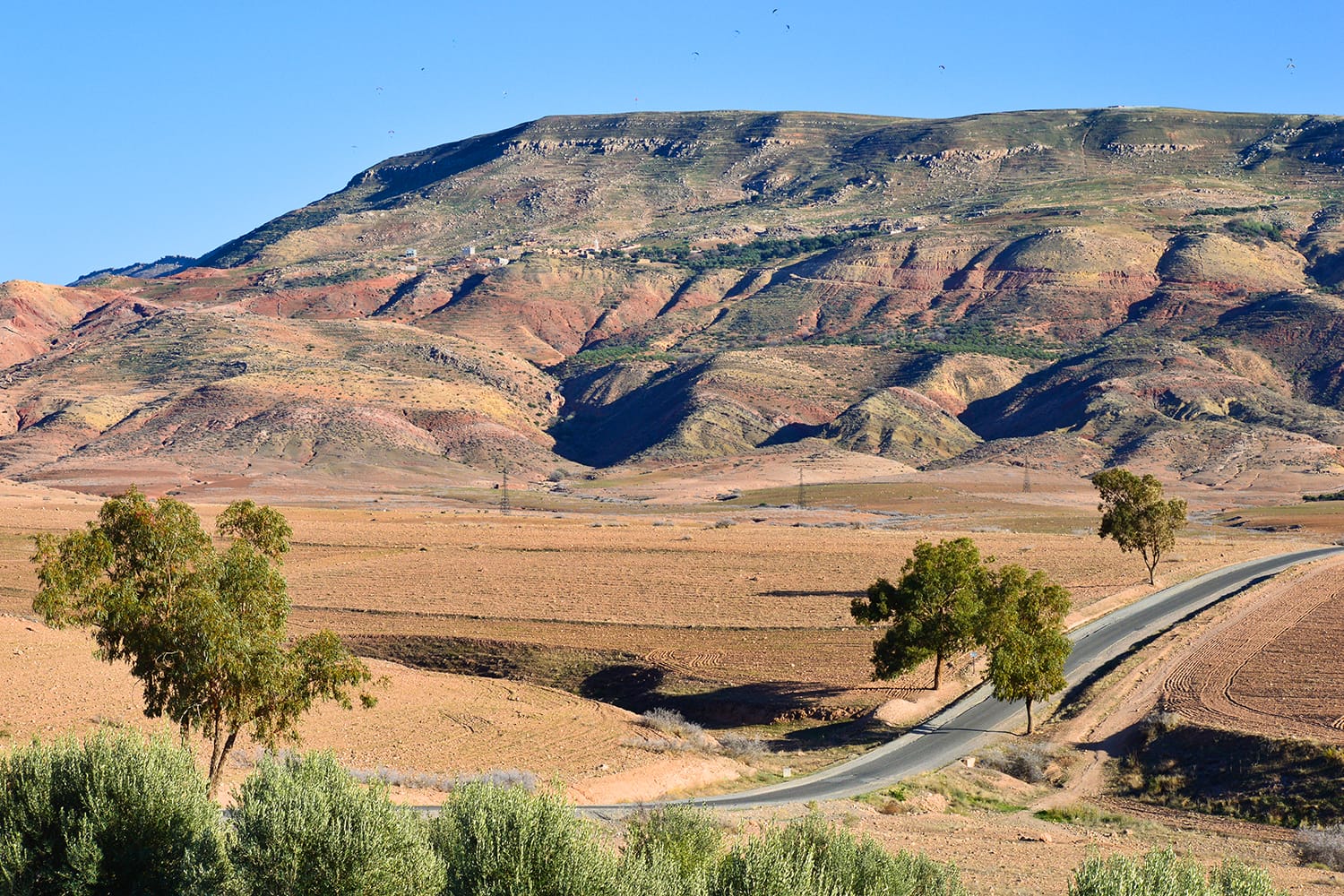
3. Agafay Desert
Many visitors to Morocco dream of visiting the Sahara Desert during their trip but don’t realize how much time that takes. If you don’t have the two days you need to drive and experience the Sahara, then the Agafay Desert is a really good alternative. Situated just 40 minutes from Marrakesh, a day trip here is super convenient and still provides a real African desert experience.
To reach the Agafay Desert from Marrakesh, you need to drive through the High Atlas Mountains, which itself is a wonderful experience you won’t want to miss. Then it’s on to the Agafay Desert and its stark desert landscape that feels like another planet. While not the stereotypical sand dunes you may be picturing, the landscape is nonetheless striking. Common activities include quad biking, desert dinners, horse and camel rides, and visiting Berber villages to learn about Berber life and culture over traditional tea.
Book a full-day tour to the Agafay Desert from Marrakesh here!
4. Other Popular Tours
- Classic Ballooning Flight & Optional Camel Ride
- Marrakesh to Merzouga 3-Day Desert Safari
- Half-Day Quad Biking in Marrakesh’s Surrounding Desert
- Ourika Valley & Atlas Mountains Day Tour
So there you have it – the ultimate Marrakesh itinerary with everything you need to know to comfortably explore Marrakesh in 3 days. Hopefully you’re now a bit more confident about your trip and excited to experience the city for yourself.
For those thinking of spending more time in Morocco, be sure to check out our itineraries for other destinations like Fes and Tangier.
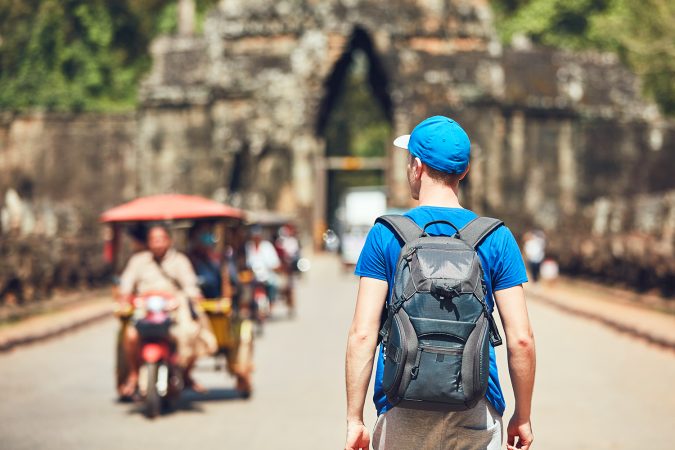

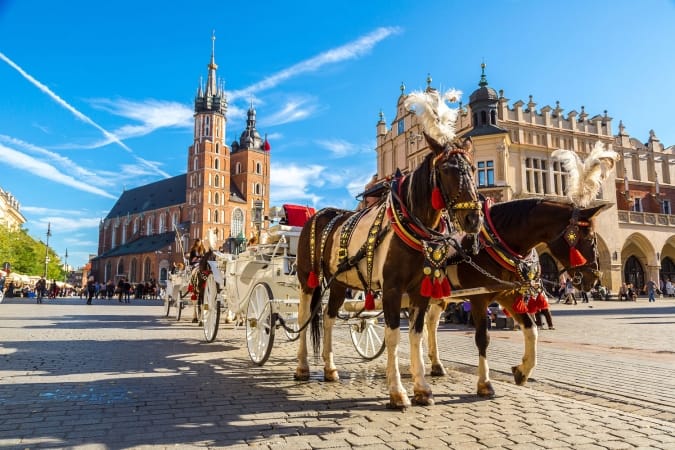
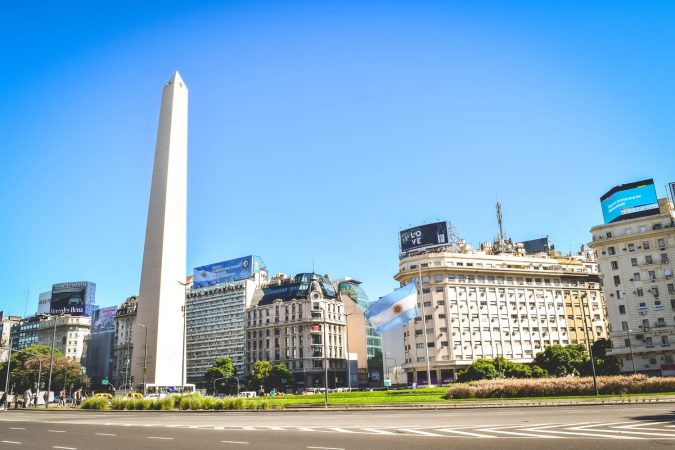
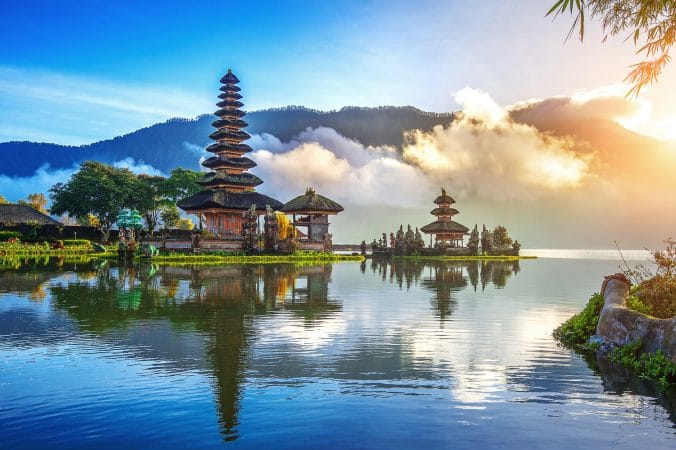
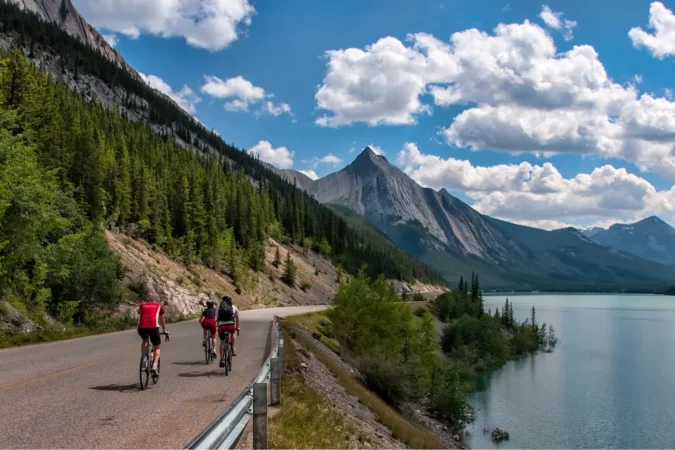
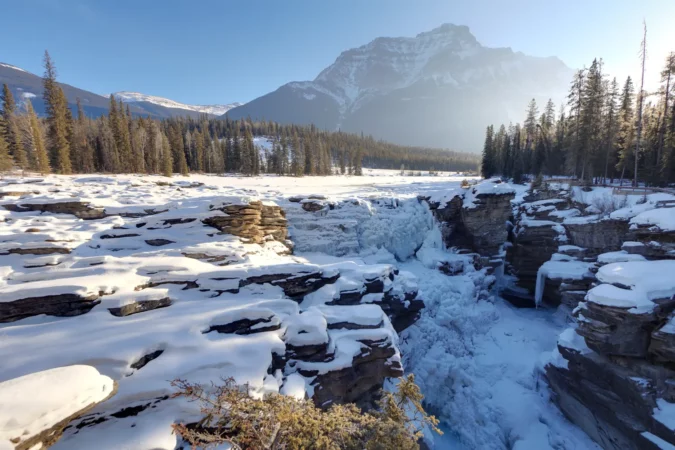
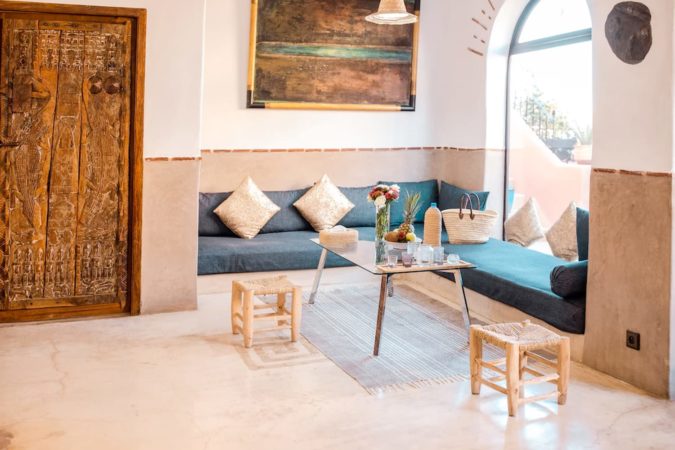
Darren H
A very nice summary of Marrakesh attractions – Thanks